[Editor’s Note: When Robert von Sternberg emailed me this past summer to inform me about The Museum Project, asking if I’d consider writing about it at this blog, I became immediately intrigued. An offbeat idea had succeeded, far beyond the expectations of Robert, his collaborator Darryl Curran, and, I suspect, the participants at both ends of the process he invented and facilitated: collective donation by artists of photographic work to museums and other non-profit collections.
Seeing no reason to paraphrase or synopsize their story, I thought it best to let them tell it themselves. So I conducted an email interview with them, the outcome of which starts below and will conclude in a few days. As Curran says, “Robert was the workhorse,” so he does most of the talking, with Darryl chiming in now and again. (For clarity, because his initials and mine overlap, I’ve indented Darryl’s comments.)
With their permission, I have illustrated this Q&A with images by the photographers who have participated in the project so far. An exhibition of selected works by the participants, guest-curated by von Sternberg, opened on September 12 at dnj gallery in Santa Monica. Part 1 of the Q&A appears below; click here for Part 2. — A. D. C.]
•
The Museum Project: Q&A with Robert von Sternberg
and Darryl Curran
ADC: Robert, what brought you to thinking of this as a project that went beyond you and should involve the work of other photographers as well?
RvS: Over the last 45 years I have developed a strong affinity for group exhibitions of artists’ work, due to my belief that such exhibitions have the potential to expose an audience to stylistic diversity of both concept and materials, while, if carefully curated, maintaining the artistic integrity of each participant.
To date I have served as a guest curator for eleven exhibitions at various gallery and museum venues, all of which I created as group shows. This mindset seemed to be as important to The Museum Project as it was to me as a guest curator.
Additionally, the notion of offering donations large enough, via the project, to possibly be “ready-made” museum exhibits appeared to be consistent with my previous successes with group exhibitions. (Click here for a PDF of the TMP information sheet, which lists all the participating artists and recipient institutions.)
ADC: What made you pick Darryl as your working partner on this?
Darryl Curran and I have a long history as friends, and as professional colleagues — both as artists and university classroom teachers.
When I accepted the responsibility of my first museum guest curatorship in 1969 I turned to Darryl Curran and Robert Heinecken for advice and suggestions.
Darryl has always proven himself to be an invaluable asset as a co-curator, selections consultant, image editor, concept advisor, and in the past he has even been willing to roll up his sleeves and participate in the installation process. We have worked together on at least 6 curated exhibits.
ADC: Darryl, what made you decide to come on board not only as one of the participating photographers donating work but in a managerial role?
DC: Robert and I have worked together on six or eight curatorial projects over the years, starting in 1970 with “Continuum” at the Downey Museum of Art. This was not a hard choice for me, and I was looking for a way to place my work in permanent collections. This proposal seemed like a promising means of getting work out of my flat files and into museums.
Robert took the lead role and asked me for my input when he needed it and the project took off!
ADC: Did you have any models for this that you used as reference points?
RvS: I had experience selling work to museums, but in 2005 I met with Karen Sinsheimer at the Santa Barbara Museum of Art, where we discussed declining museum budgets, changing IRS regulations affecting artist donations, and the challenges of expanding museum collections of art. Later that year Karen invited myself, Darryl Curran, JoAnn Callis, and Jane O’Neal to meet with her as an ad hoc advisory committee regarding the future of the museum’s permanent collection of fine art photography.
As a result of our initial conversation in 2005, I decided to offer her a Lewis Baltz that was in a file along with other images I had traded for, or had been given. She asked if I might consider donating any of my own work to their collection, so I took a selection to her. That experience may have been the origin of my idea for the 2012 project.
DC: No model, but we wanted a variety of approaches to the photographic medium, people who had a track record, people of a certain age who were looking for places to leave their work, and, finally, artists who were easy to deal with. Oh, and a roster featuring a gender balance.
ADC: Did you work out a system, or a set of protocols, before you started, or did that just evolve by trial and error as you went along?
RvS: After originating the concept for The Museum Project I contacted Darryl for his thoughts about the general feasibility of my “experiment in philanthropy.” He was positive about the potential of such an endeavor whereby we could say “thank you” and pay tribute to museums that had, by creating and maintaining permanent collections of fine-art photography, been supportive of our careers as artists and teachers.
We put together a list of names of photographers that possibly shared our point of view, and might be interested in participating in the project, and then invited those artists to forward jpegs for our image-selection process.
At the inception of this project, in October 2012, the participating artists consisted of a core group of six: Laurie Brown, Darryl Curran, Robert Fichter, Jane O’Neal, Rena Small, and myself.
After the first three museum donations were completed, the core group expanded to include nine artists. Over the course of the three years of the project’s operation, nineteen artists using photographic media have been affiliated with the project. In addition to those named above, these include Barry Andersen, Judith Golden, Betty Hahn, Suda House, Victor Landweber, Joyce Neimanas, Kenda North, Sheila Pinkel, Bonnie Schiffman, Michael Stone, Melanie Walker, Todd Walker, and Nancy Webber.
Due to multiple factors, the average number in the group has remained relatively consistent for the last 2-1/2 years, with between twelve and fourteen participating artists offering their work for museum donation purposes during this time period. (Click here for a complete list of the participating artists and museums to date.)
After researching museum and university collections of photography I drafted an “offer of donation” letter, printed copies of the letter, and mailed the first offers to curators and directors at museums, college and university art galleries, special libraries, and other non-profit collections. Postage proved to be costly and was soon abandoned in favor of email correspondence.
The project was actually initiated without any formal title. My wife Patricia proposed that the project have a proper title, to be added to all correspondence, and “The Museum Project” was then formalized.
ADC: Did you seek or receive input from people in the museum world? If so, from whom, and what did they recommend?
RvS: Darryl invited Tim Wride, while he was still the curator of photography at the Los Angeles County Museum of Art, to a lunch at Darryl’s home, where we could discuss the merits and viability of my proposed donation project.
Tim was supportive of the concept, spoke freely about museum policies regarding their collections, provided us with a list of curators he thought would be receptive to the project, suggested that we limit our core group of participants to artists who had some historical affiliation with the Los Angeles community, and then endorsed the project by requesting that we send the first offer letter to him at his new curatorial position at the Norton Museum of Art in West Palm Beach, Florida.
DC: I had known Tim for a long time, starting back when he worked as associate curator at LACMA and then department head after Robert Sobieszek died. He spent a few hours with us talking, listening, advising. He framed the basic premise of gifting and the pros and cons for institutions when they are offered gifts. It was good to hear that from a professional. We might have been naïve about the prospects of donating.
ADC: Robert, you indicate that, for you personally, the project had a “giving back” aspect in re museums that had showcased your work in the past. How did you pick the institutions on your prospects list? Had you (or the other photographers involved) had dealings with all of them before?
RvS: The “giving back” aspect was intended for all museums that have supported photography historically, and initially I was more interested in locating museums that appeared more prone to use the donated work — either university “teaching museums” or smaller museums with an active photography-exhibition calendar. I somewhat avoided contacting the majority of museums that already held samples of my work in their collections.
I was in possession of everyone’s resumé and therefore I was aware of their museum-collections status, which perhaps served as a reference point on occasion. Basically I did my research on the internet, as nearly all institutions with permanent collections of photography have some form of online images and artist lists on their websites.
Initially Tim Wride had provided a small list of museums, and as the project progressed I began to ask curators who had accepted our offer to suggest referrals. A small number of these referrals became successful project donations.
I had work included in collections at the Los Angeles County Museum of Art, Henry Art Gallery in Seattle, Santa Barbara Museum of Art, Orange County Museum of Art (when it was the Newport Harbor Art Museum), Laguna Art Museum, and the Portland Museum of Art, and for these we did place donations, but my dealings with the other 76 museums that have participated in the project to date were totally new experiences for me. (Click here for a PDF of the TMP information sheet, which lists all the participating artists and recipient institutions.)
(Part 1 I 2)
All images in this post were included in donations made through The Museum Project (TMP), reproduced by permission of TMP, and copyrighted by the artists. Click to enlarge.
•
In 1970, after completing graduate school at California State University, Long Beach, Robert von Sternberg became department chairperson of the Santa Ana College Department of Art, guest-curated his first museum exhibition (“Continuum,” at the Downey Museum of Art), and received a museum commission from Thomas Garver, director of the Newport Harbor Art Museum, to create create a “social landscape” documentary view of the neighborhood surrounding the museum. Two additional photographers joined von Sternberg in that one-year project. The exhibition, entitled “Balboa and the Fun Zone,” was featured in a six-page article in Art in America magazine.
From 1971 to 2006 von Sternberg taught photography in the Art Department at California State University, Northridge. During his professorship at CSUN he guest-curated 12 gallery and museum exhibitions, and had his own work exhibited in over 212 museum and gallery shows. Photographic images by von Sternberg are now included in permanent collections of 95 national and international museums of fine art.
Robert and his wife are both California natives and continue to reside in southern California. To contact Robert von Sternberg, click here.
•
Darryl Curran became interested in the creative potential of the medium of photography while an undergrad at UCLA in the late 1950s. He blended the camera’s realism with light and chemical options to create surreal/pop metaphoric images. A year-long trip to Europe, the Middle East, and North Africa seasoned his vision and thirst for learning about diverse cultures.
Curran was hired to establish a Creative Photography program at California State University Fullerton in 1967, and retired from the faculty there in 2000. He has been an active member of the Southern California photography and art community, was President of the Los Angeles Center for Photographic Studies, worked on the 1984 “10 Photographers/Olympic Images” project, and curated and juried a number of exhibitions.
Curran’s work has been featured in twenty solo exhibitions as well as numerous group shows, including “Photography into Sculpture” (MoMA 1970), “Proof: Los Angeles Art and the Photograph,” and “Empowered Images: a Cultural Presentation of the United States of America.” To visit his website, click here. To contact Darryl Curran, click here.


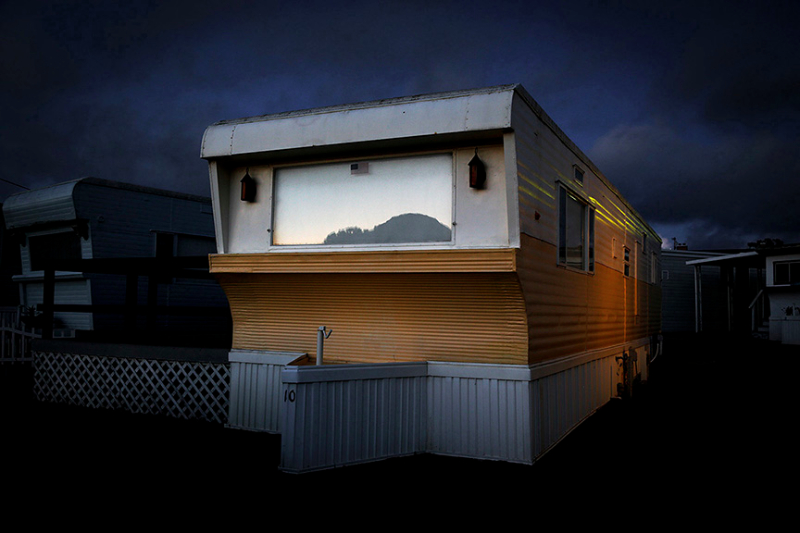
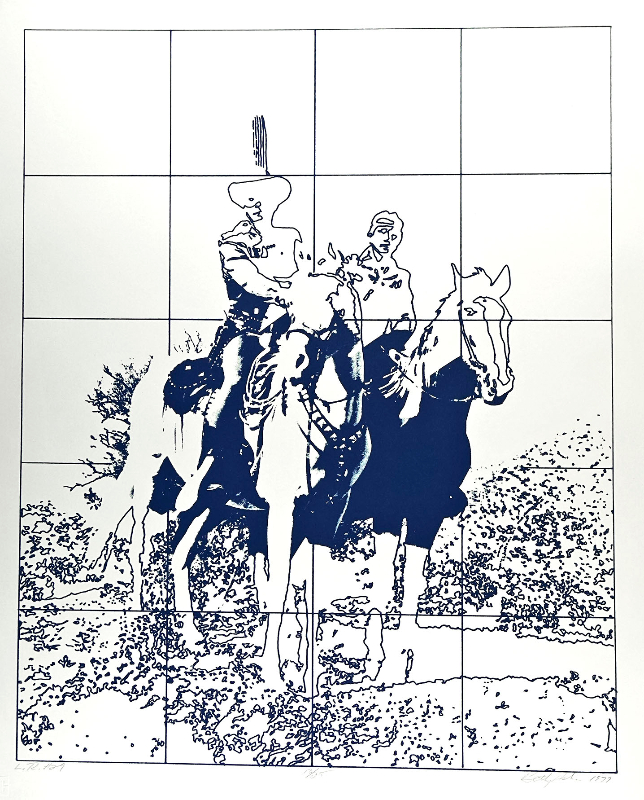
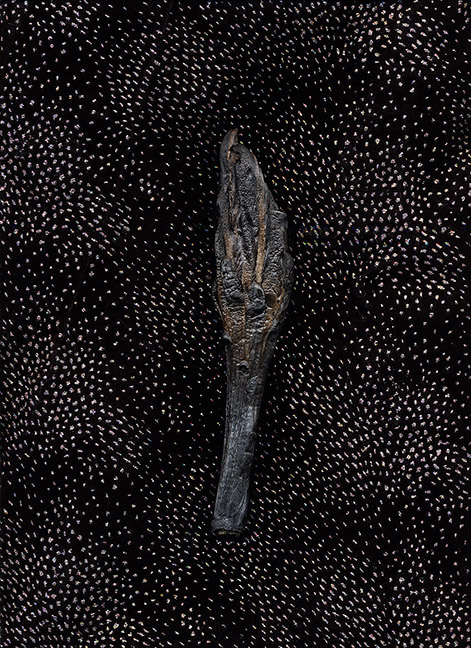
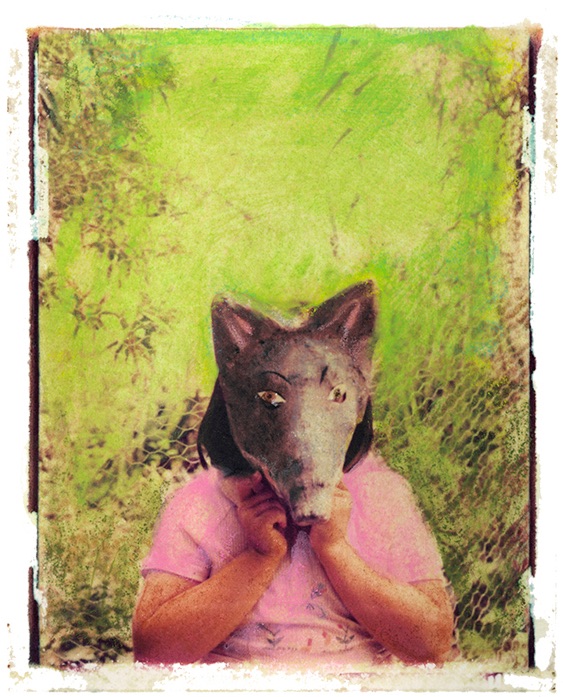
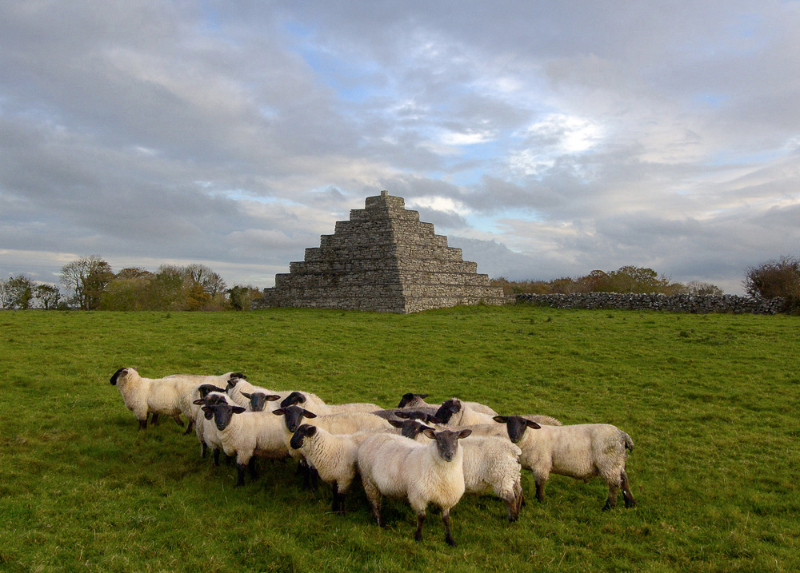
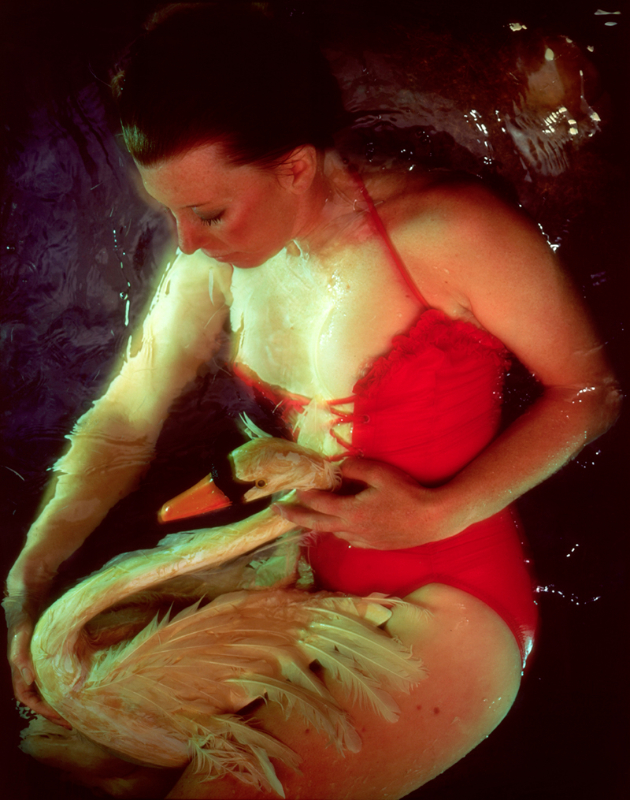
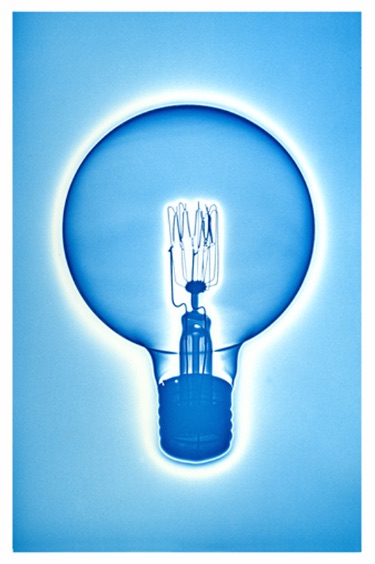
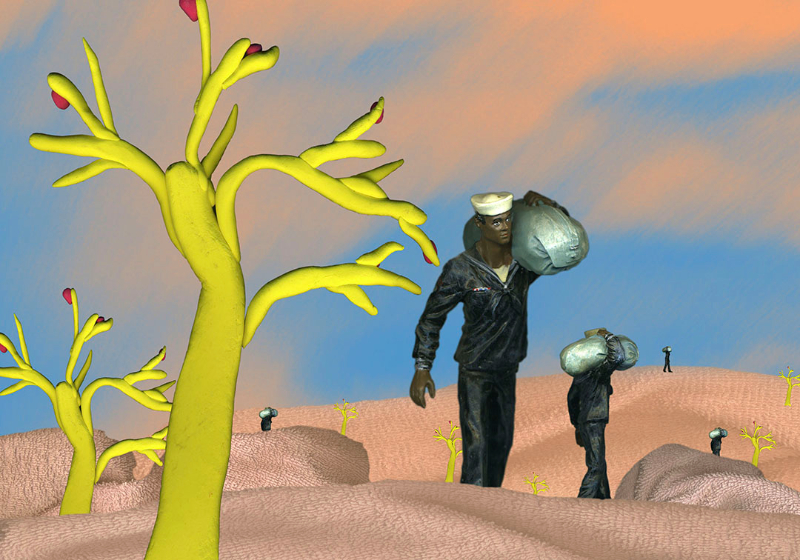
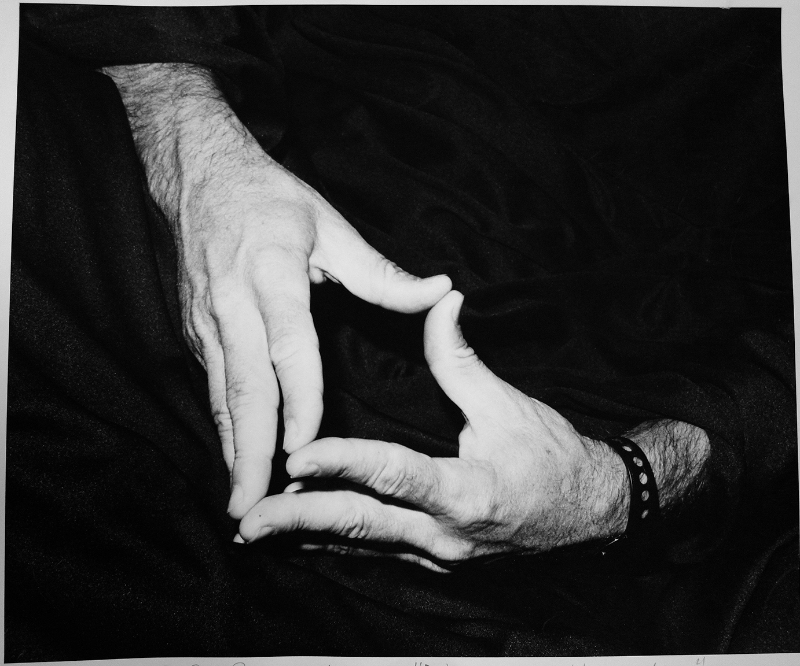
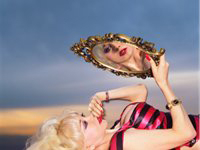
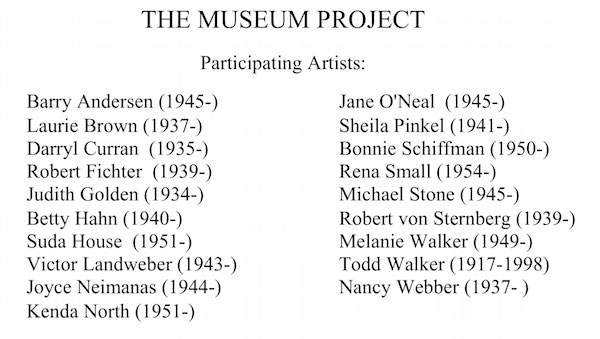
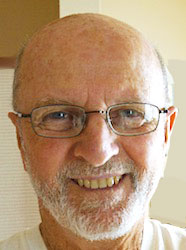
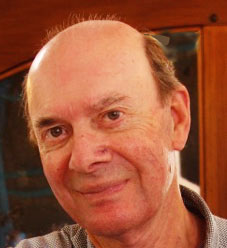




Leave a Comment